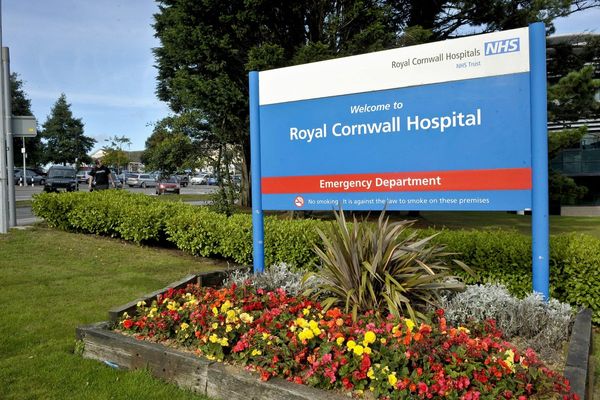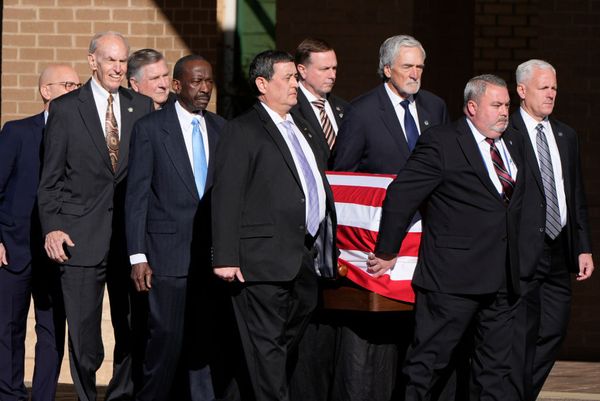Short-term U.S. interest rates are closing in on long-term rates, as inflation rages and the Federal Reserve has begun raising interest rates to control it.
Both short-term and long-term rates have climbed in recent days, thanks to inflation and the Fed’s tightening campaign.
But short-term rates have risen more than long-term rates. This trend of long-term rates failing to keep up with short-term rates indicates investors see economic weakness ahead.
Already, five-year Treasury yields have overtaken 10-year yields -- 2.39% to 2.38%. When a shorter-term rate exceeds a longer-term rate like that, it’s called an inverted yield curve.
“The market is pricing in a higher recession risk, and you can see that with the inversion between five- and 10-year yields,” Andrzej Skiba, head of U.S. fixed-income at RBC Global Asset Management, told Bloomberg. “The Fed is sending a strong commitment to fighting inflation.”
A Recession Can Follow Inversion
Over the past 40 years, when the two-year Treasury yield traded at a premium to the 10-year yield, a recession invariably followed, according to the Financial Times.
The two-year yield recently stood at 2.16%. That's still 22 basis points (0.22 percentage point) beneath the 10-year yield, but the gap was 41 basis points March 1.
Yield-curve inversion can be a sign that bond investors believe the Fed will raise interest rates too much, sending the economy over a cliff.
“An inverted yield curve [itself] doesn’t do much to the economy, but it’s a very bad sign,” said David Kelly, chief strategist at JPMorgan Asset Management, the FT reports.
“The only reason you’d buy a long-term bond at a lower yield than a short-term one was if you thought yields were going to fall. ...This usually happens when most people think the Fed has gone too far or will go too far.”
With its low 3.8% unemployment rate, the U.S. economy might run out of workers just as the Fed sends rates to their maximum, Kelly said.







